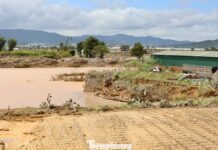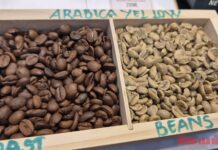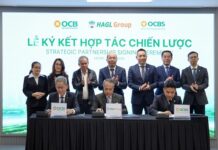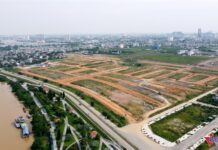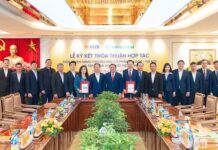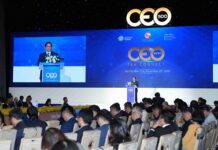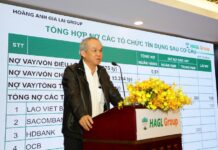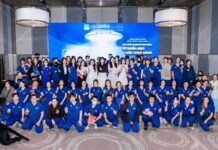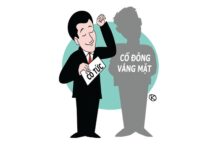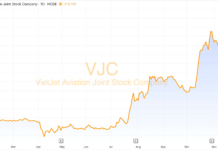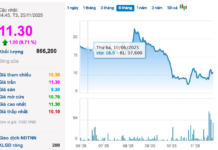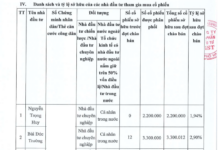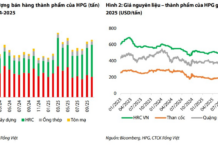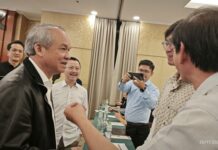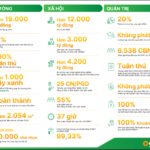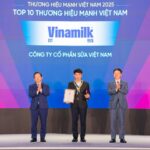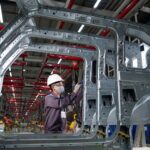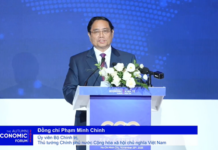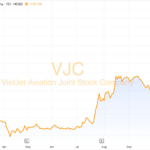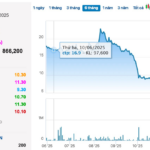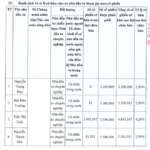Amidst the intensifying global competition, Vietnam’s three key export industries—textiles, footwear, and furniture—face significant challenges due to their heavy reliance on imported raw materials. Establishing domestic production and supply centers for these materials has emerged as an urgent solution to enhance competitiveness, mitigate risks, and ensure sustainable development across these sectors.
Heavy Dependence on Imports
According to the Vietnam Textile and Apparel Association (VITAS), approximately 60% of the raw materials used in the textile industry’s export production are still imported, primarily from China, South Korea, and Taiwan. The footwear industry’s reliance is even higher, reaching 80%. Despite having access to domestic plantation forests, the furniture industry still imports 30–40% of high-quality raw timber from the United States and Europe. This dependence hampers businesses’ ability to plan production, increases costs, and leaves them vulnerable to disruptions in the global supply chain, as seen during the COVID-19 pandemic.
Mr. Nguyễn Chánh Phương, Vice Chairman of the Ho Chi Minh City Association of Handicraft and Wood Industry (HAWA), noted, “Furniture businesses are forced to import most accessories, such as paint, glue, hinges, and handles, at high prices due to a lack of domestic suppliers. With a centralized production hub for raw materials, we could not only reduce costs but also shorten delivery times and enhance our competitive edge.”
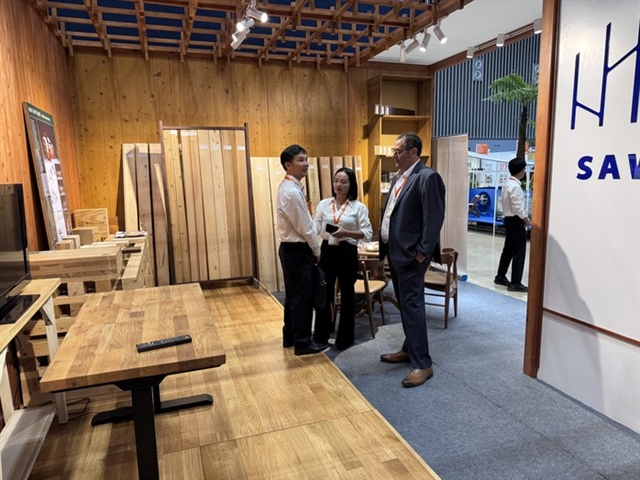
The majority of raw materials and accessories for the furniture industry are imported from abroad. |
Vietnam ranks among the top five global exporters of textiles, footwear, and furniture, alongside China, India, Bangladesh, and Indonesia. However, the added value within the global supply chain remains low, as most raw materials, design processes, and brands are controlled by foreign entities. Developing domestic raw material production centers would enable businesses to secure supply sources, better comply with rules of origin, and foster a more authentic “Made in Vietnam” brand.
Establishing these production and supply centers is no simple task, requiring close collaboration between the government and businesses. The government must play a pivotal role in land planning, infrastructure investment for transportation and energy, and particularly in waste treatment facilities, which are crucial for the textile dyeing and leather tanning industries. Additionally, preferential credit and tax policies are needed to support raw material producers, especially small and medium-sized enterprises, while selectively attracting foreign investment in fiber production, weaving, leather tanning, chemicals, and auxiliary materials, rather than focusing solely on processing as in the past.
Environmental Concerns Hinder Licensing
Mr. Nguyễn Văn Khánh, Vice Chairman of the Ho Chi Minh City Leather and Footwear Association, emphasized the footwear industry’s urgent need for a raw material production hub, including a dedicated area for leather tanning due to its high pollution levels. “Ho Chi Minh City previously planned to build a centralized leather tanning zone in the Hiệp Phước Industrial Park (former Nhà Bè district), covering over 10 hectares, but this has yet to materialize. Other localities are reluctant to grant permits due to environmental concerns, leaving the industry dependent on Ho Chi Minh City to expedite this planning. Without it, the footwear export sector will remain reliant on imported materials,” Mr. Khánh stated.
For the textile industry, Mr. Trần Như Tùng, Vice Chairman of VITAS and Chairman of Thanh Cong Textile Garment Investment Trading JSC, stressed, “The textile industry faces a severe shortage of domestically produced fabrics. To achieve sustainable development, we need a large-scale textile dyeing industrial park spanning several thousand hectares to establish a closed supply chain.”
However, associations lack the budget to undertake such large projects, and individual businesses lack the capacity. “Perhaps only the Vietnam National Textile and Garment Group (Vinatex) or a state-owned enterprise has the resources to lead the investment in a large-scale textile dyeing industrial park,” Mr. Tùng analyzed.
Mr. Tùng added that if Vietnam can secure its raw material supply, textile exports to Europe would benefit from a 0% tax rate by meeting intra-bloc origin criteria. “This would strengthen domestic raw material producers, making prices more competitive, and double-digit export growth is entirely feasible,” he predicted.
Beyond raw materials, Mr. Tùng highlighted the imperative of green and digital transformation, though most small and medium-sized enterprises face financial constraints. “Preferential loans are needed to help businesses install rooftop solar panels and switch from coal to biomass fuel, ensuring more sustainable development for the textile industry,” he said.
In the furniture sector, Mr. Nguyễn Chánh Phương revealed that a company is investing in a 40-hectare raw material supply center in Ho Chi Minh City. Once operational, this center will serve as a hub for researching and testing new materials and technologies, enhancing production capabilities and competitiveness.
However, the furniture industry also requires a large-scale export furniture exhibition center in Ho Chi Minh City, four times the size of the current Saigon Exhibition and Convention Center (SECC), to host international trade promotion events. “Hanoi already has a large exhibition center, but most furniture exporters are based in the South. A major center in Ho Chi Minh City would reduce costs, facilitate international clients, and enable long-term contracts,” Mr. Phương shared.
|
Risk of Missing a “Golden Opportunity Experts warn that establishing production and supply centers for these three key export industries is essential not only for securing supply sources, reducing costs, and mitigating import risks but also for deepening Vietnam’s integration into the global value chain. This is the foundation for transitioning from processing to self-production, fostering supporting industries, and solidifying Vietnam’s position in the regional production network. Delaying these efforts could cause Vietnam to miss a “golden opportunity” to elevate its supply chain, as many countries and businesses are accelerating the trend of nearshoring and diversifying supply sources. |
Article and photo: Nguyễn Hải
– 07:15 08/10/2025
Vingroup Launches VinMetal with $430 Million Capital: Specializing in Advanced Steel for Electric Vehicles
With a staggering $4.3 billion investment, our company is spearheading the development of a state-of-the-art industrial steel manufacturing complex in Vung Ang, Ha Tinh. Phase 1 of this ambitious project boasts an impressive annual capacity of 5 million tons, setting a new benchmark for high-tech steel production in the region.

